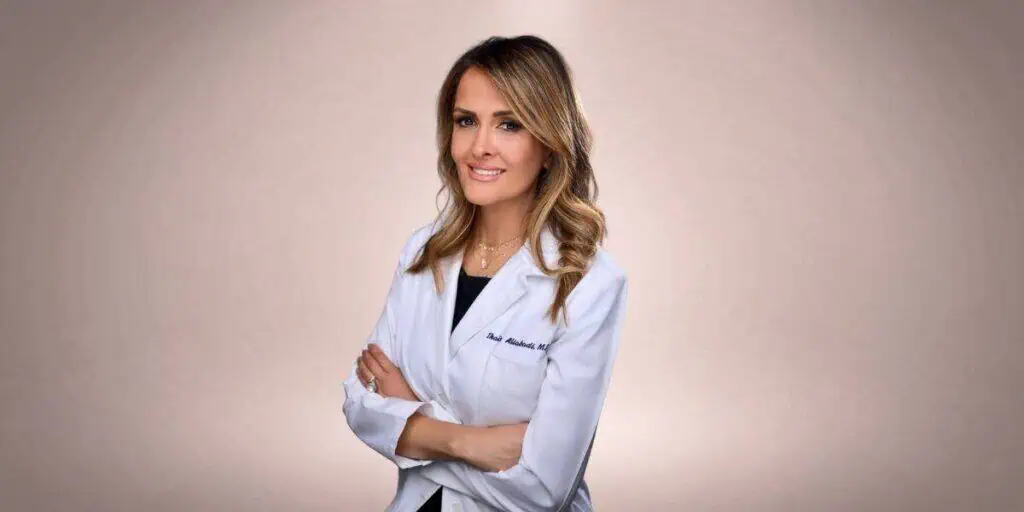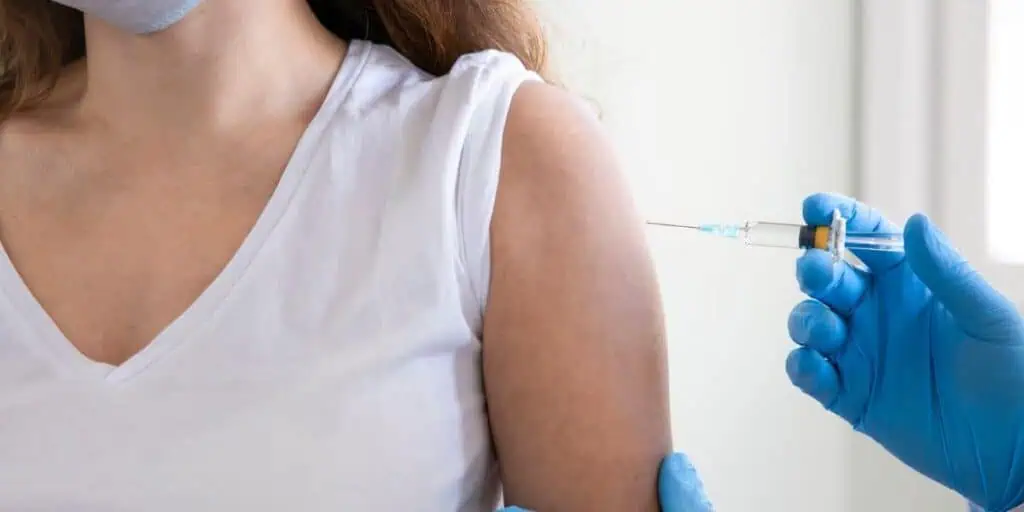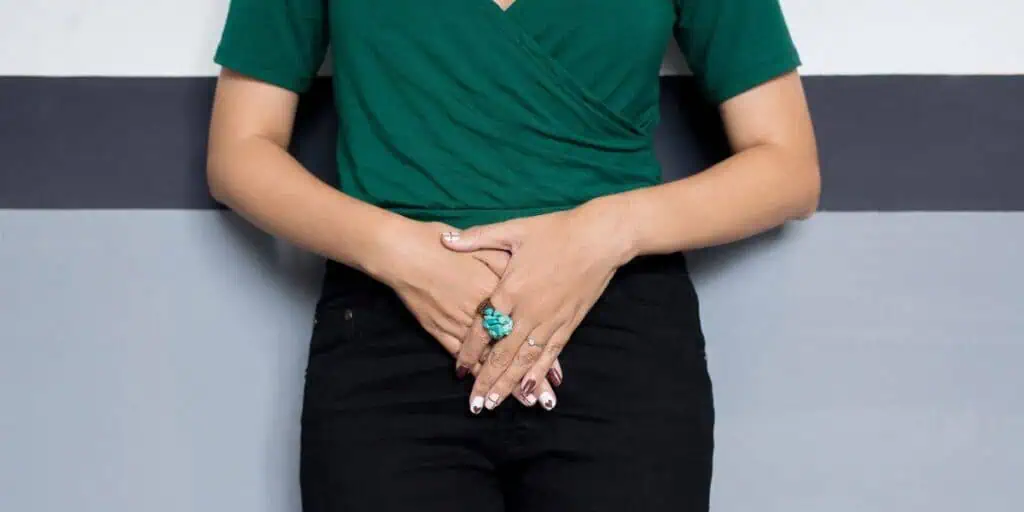Way back in 1954, banner headlines proclaimed the news that a kidney had become the first human organ to be successfully transferred from one human body to another.
Since then, life-saving organ transplants are more common and less newsworthy. The 34,772 life-saving organ transplants performed in 2017 set a new record for the fifth consecutive year. But they didn’t create any breaking news.
The first US baby born from a brain-dead woman’s uterus
Now a life-giving (rather than life-saving) organ transplant is making news. A surgical team at the Cleveland Clinic has delivered the first baby born in the US to a mother equipped with the uterus of a deceased woman.
What is uterine factor infertility (UFI)?
In the US, one in 5,000 women is born without a uterus. Other women lose their uteruses through a hysterectomy. Either pathway qualifies a woman as suffering from uterine factor infertility (UFI).
Using a surrogate birthmother has been the only way for women with UFI to have a biological child. But the surrogacy process in the US can be legally complicated.
In some states, and in many other countries, surrogacy is outlawed. Hence the need for an alternative method of enabling a woman with UFI to bear a child.
About the Cleveland Clinic uterus transplant procedure
Uterine transplants differ significantly from other, more common, transplant surgeries.
The same concerns about rejection of the new organ by the immune system are present. But additional issues arise because the transplanted organ must primarily serve a developing embryo, rather than the recipient herself.
When a transplanted organ gets rejected by the immune system, the solution is to try again. But that won’t work when the transplanted organ is a uterus housing a developing embryo. So extreme measures must be taken to prevent rejection.
The process of delivering a healthy baby from a transplanted uterus is lengthy and convoluted:
- The potential recipients are first screened for both physical and psychological factors.
- In the Cleveland Clinic trials, the candidates must be 21-39 years of age. The Clinic’s transplant team, consisting of OB/GYNs, surgeons, psychiatrists, social workers, and bioethicists must unanimously approve each candidate.
- An organ procurement agency next searches for a deceased (brain-dead, but not heart-dead) donor with a healthy uterus. They will obtain informed consent from the donor’s next of kin.
- The donor’s uterus, and the blood vessels that serve it, are surgically transferred into the recipient within six hours of the donor’s brain death.
- The uterine transplant team closely monitors the recipient for the next six months. Drugs to suppress the mother-to-be’s immune system are administered throughout the process. They prevent rejection of the newly installed uterus.
- A crucial sign indicating success is the commencement of menstrual periods. This should occur within two or three months after transplantation.
In vitro fertilization prepares the embryo
Meanwhile, the recipient’s eggs are fertilized in an in vitro fertilization laboratory. They select and freeze six fertilized eggs.Once the uterus is thriving in its new home (this should happen within six months of the surgery), the embryos are thawed and implanted one at a time.
The goal is one, or at most two, successful births
After two pregnancies (whether successful or not) the transplanted uterus will be removed. Keeping it would subject the recipient to a lifetime of negative side effects from the anti-immune drugs. Those side effects can be significant.
Why use a uterus from a deceased donor?
Meaningful benefits are achieved by harvesting a healthy uterus from a deceased woman, rather than a living donor.
A living donor faces the daunting risks of a highly invasive, complex, and potentially life-threatening surgery. A living donor also faces possibility that she will later come to regret giving up her own hopes of bearing a child.
Given the scarcity of both living and brain-dead donors, coupled with the anticipated rise in demand, both sources will probably need to be utilized, at least for the near future.
The Cleveland Clinic’s trials are designed for ten uterine recipients
The first five women have undergone the uterine transplant procedure. In two of those cases, the recipients’ immune systems rejected the transplanted uterus. Two other uteruses from deceased donors were successfully transplanted. Those recipients are awaiting implantation of embryos.
A successful uterine transplant pregnancy!
The fifth woman? She received her new uterus in late 2017, and she became pregnant nearly a year later.
And she’s the one who generated all the recent happy headlines by giving birth to a healthy baby girl. The birth was by cesarean section. Mother and daughter left the hospital three days after the delivery, and both are reported to be doing well.
Congratulations!
About Dr. Thaïs Aliabadi
As one of the nation’s leading OB-GYNs, Dr. Thaïs Aliabadi offers the very best in gynecological and obstetric care. Together with her warm professional team, Dr. Aliabadi supports women through all phases of life. She fosters a special one-on-one relationship between patient and doctor.
We invite you to establish care with Dr. Aliabadi. Please click here to make an appointment or call us at (844) 863-6700.















